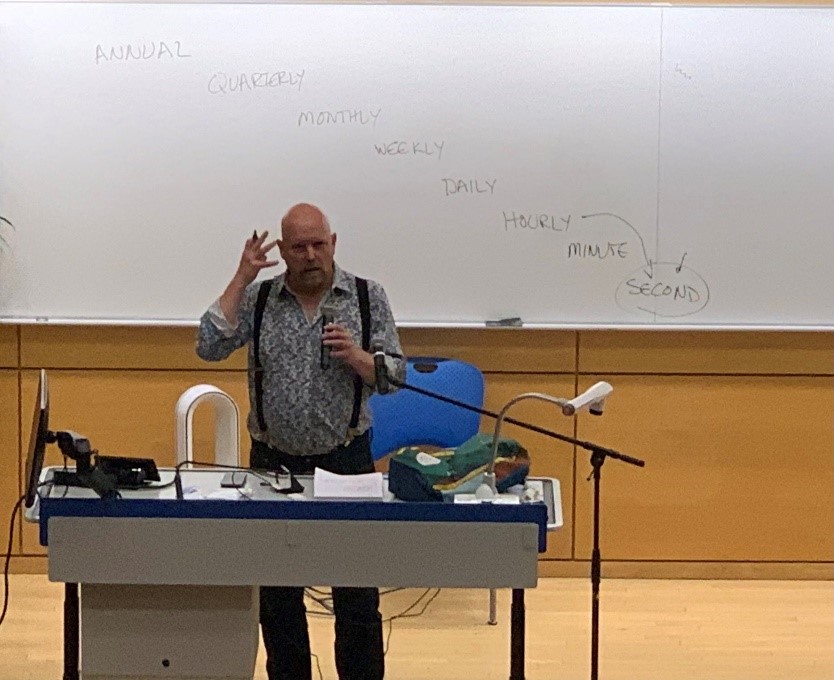How Using the 3X Methodology Can Help Your Business or Product Group Succeed

The 3X Methodology is a great place to start for those who are looking for guidance on developing a business plan. Kent Beck discovered this methodology after observing how Facebook did things differently and identifying three key stages of a winning idea. People have ideas for market solutions, but some may not know how to narrow the scope to the best solution. These stages are essential for business success.
The 3X Methodology, also known as “Explore, Expand, Extract,” is a thinking model that can help you better understand and adapt to changing contexts. This is useful in a variety of business settings because it provides direction, focus, and alignment. This methodology can benefit high-level executives, product management, developers, operations personnel, and others.
An idea can evolve depending on where it is on its journey from the Explore stage to the Expand stage and finally to the Extract stage. This includes funding, testing, planning, implementation and even risk management.
- To read more about the 3X Methodology, click here.
Kent Beck is a programmer, coach and mentor of programmers, as well as a public speaker and author. Along with 3X, he’s also created other methodologies like XP (Extreme Programming), TDD (Test Driven Development) and Tidy. Recently he has developed a new methodology he is calling Limbo: Scaling Software Collaboration.
Beck writes: “To scale development, make the changes which propagate between developers (and from developer to production) as small as possible. Hence the name Limbo, where the question is, ‘How low can you go?’”
Limbo is live, shared programming, balancing between two principles:
- Everyone is working on (and production is executing) the same program, represented by a single abstract syntax tree.
- No one is allowed to cause others (including users) problems.
Limbo encourages a “make the change easy, then make the easy change” sequence of changes.
Basically, Limbo chops things into smaller, more manageable pieces. In simplistic terms, it’s like looking at the individual pieces of a whole pie. In a practical application, that pie is your application and the individual pieces are components of that application. Limbo then takes it one step further, looking at little slices of each of those components. It’s continuous delivery, working on low-hanging fruit to “make the change easy and then make the easy change.” Sometimes, that “easy change” is a little slice of a component that turns out to be the one thing a customer needs to make them happy.
- To see articles and other research about Limbo, check out Beck’s Google search on the topic: https://www.google.com/search?q=limbo+kent+beck
- To view even more great content from Kent Beck, subscribe to Software Design: Tidy First here: https://tidyfirst.substack.com/
